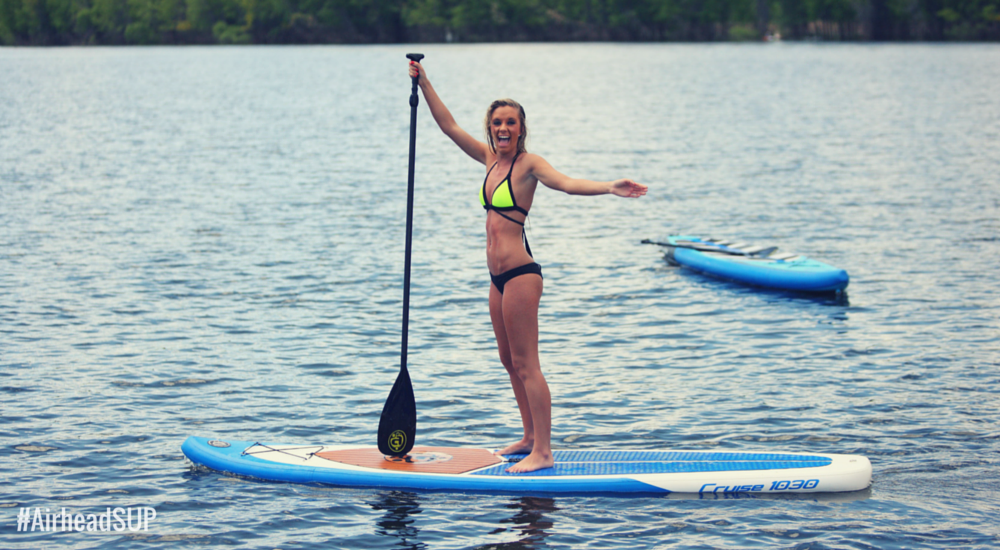Just like a good fitted pair of shoes makes all the difference, a suitable paddle will make your time on the water much more enjoyable. There are several considerations to keep in mind when choosing a paddle besides finding the coolest looking one! The length, size of blade, and material the paddle is constructed with all have an effect on the efficiency of your paddling experiences.
MATERIALS
There are many different materials being used to make paddles and each of them has benefits and limitations:
Plastic: Another economical material, plastic is molded into blades and grips. It is affordable but heavier than other materials
Aluminum: An economical material used for shafts, aluminum is inexpensive but does have the drawback of being slightly heavier and doesn’t float.
Fiberglass: Used for both shafts and blades, fiberglass is stiff, light, and provides a great balance between value and performance. Cheaper than carbon fiber but not as strong, many adjustable paddles are made with fiberglass. Many float because of added foam in the handles.
Wood: Used to craft the whole paddle or sometimes just the blade, wood is reasonably lightweight, renewable, and provides the natural feeling that can’t be matched with synthetic materials. Some companies are making paddles with a mix of both carbon fiber and wood.
Carbon Fiber: Carbon fiber is the lightest and strongest material used in paddles. The most expensive paddles are carbon fiber, but they are lighter, stronger and look fantastic. They can get very hot if left in the sun though.

LENGTH
The most crucial part of choosing a paddle is finding the right length. If it is to short it forces you to bend over which can lead to back pain. If it’s to long your arms will begin to hurt from holding the paddle up.
What length should I choose?
Paddle length greatly depends on the type of paddling you intend to do. On average your paddle should be 10-12 in. taller than you for racing, 8-10 in. taller than you for cruising on flat water, or 6-8 in. taller than you for surfing or whitewater.
Blade size also matters.
If you are going to be spending all your time cruising on open water you can get a smaller blade. Smaller blades don’t cause as much fatigue. If you are going to be racing or whitewater SUPing, you will want a blade that is bigger and can move you faster.

ORIENTATION
How you hold the paddle is also important, holding a SUP paddle is different from all other paddles you have ever used. The bend in the paddle right at the blade and shaft confuses many first time SUPers. The bend just above the blade allows for a more efficient stroke. It may seem counter-intuitive, but the elbow of the bend should point towards the rear of the SUP while paddling. This allows the blade to slip up out of the water at the end of the stroke as opposed to lifting water.
Paddles are one of the few options with stand up paddleboarding you want to really research and find the perfect fit. Don’t cheap out on a SUP paddle either, because if it breaks and you’re on the water, you are going to be left very frustrated and upset. Might say you'd be left "up a creek without a paddle!"
Choosing the right SUP paddle is a personal choice, it all comes down to personal preference and what you are planning on doing with your SUP.




